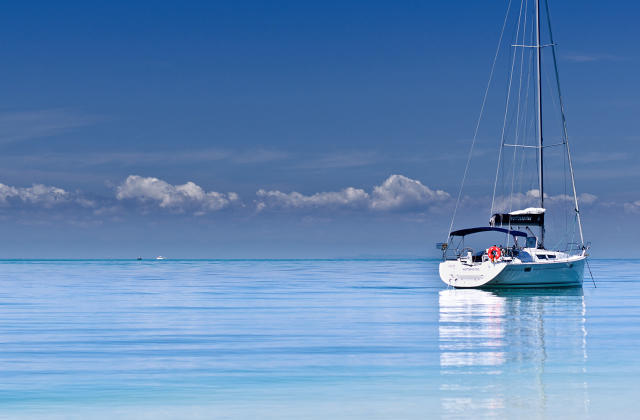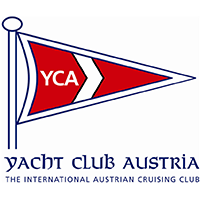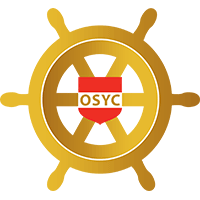
Yacht Charters in the Saronic Gulf
The Saronic Gulf or Gulf of Aegina in Greece forms part of the Aegean Sea and defines the eastern side of the isthmus of Corinth. It is the eastern terminus of the Corinth Canal, which cuts across the isthmus. Islands that are lined in the middle of the Gulf are Aegina, Salamis, and Poros along with smaller islands of Patroklou and Vleves. The port of Piraeus, Athens' port, lies on the northeastern edge of the gulf. The site of the former Ellinikon International Airport is also in the northeast. Beaches are lined up to much of its coast from Poros to Epidaurus, Galataki to Kineta and from Megara to Eleusis and from Piraeus down to Anavyssos. Athens' urban area surrounds the northern and the eastern coasts of this gulf.
Bays in the gulf include Phaleron Bay, Elefsina Bay to the north and Kechries Bay in the northwest.
The volcanoes of Methana is to the southwest along with Kromyonia at the Isthmus of Corinth, Aegina and Poros. Methana is also the youngest, active volcano center and the northwestern end of the cycladic arch of active volcanoes like Milos island, Santorini island and Nisyros island. The last eruption took place in a submarine volcano north of Methana in the 17th century.
The gulf has refineries around the northern part of the gulf including east of Corinth and west of Agioi Theodoroi, Eleusis, Aspropyrgos, Skaramangas and Keratsini, mainly in the northern part and the most refineries around gulfs in Greece and production. The ships cross these routes. The total production are one of the highest in Greece. Most of the oils are mainly exported. The route cross the strait between Salamis and Perama. These refineries are Athens' main oil production and the rest of Greece.
The origin of the name comes from the mythological king Saron who drowned at the Psifaei lake (modern Psifta). The Saronic Gulf was a string of six entrances to the Underworld, each guarded by a chthonic enemy in the shapes of thieves and bandits.














